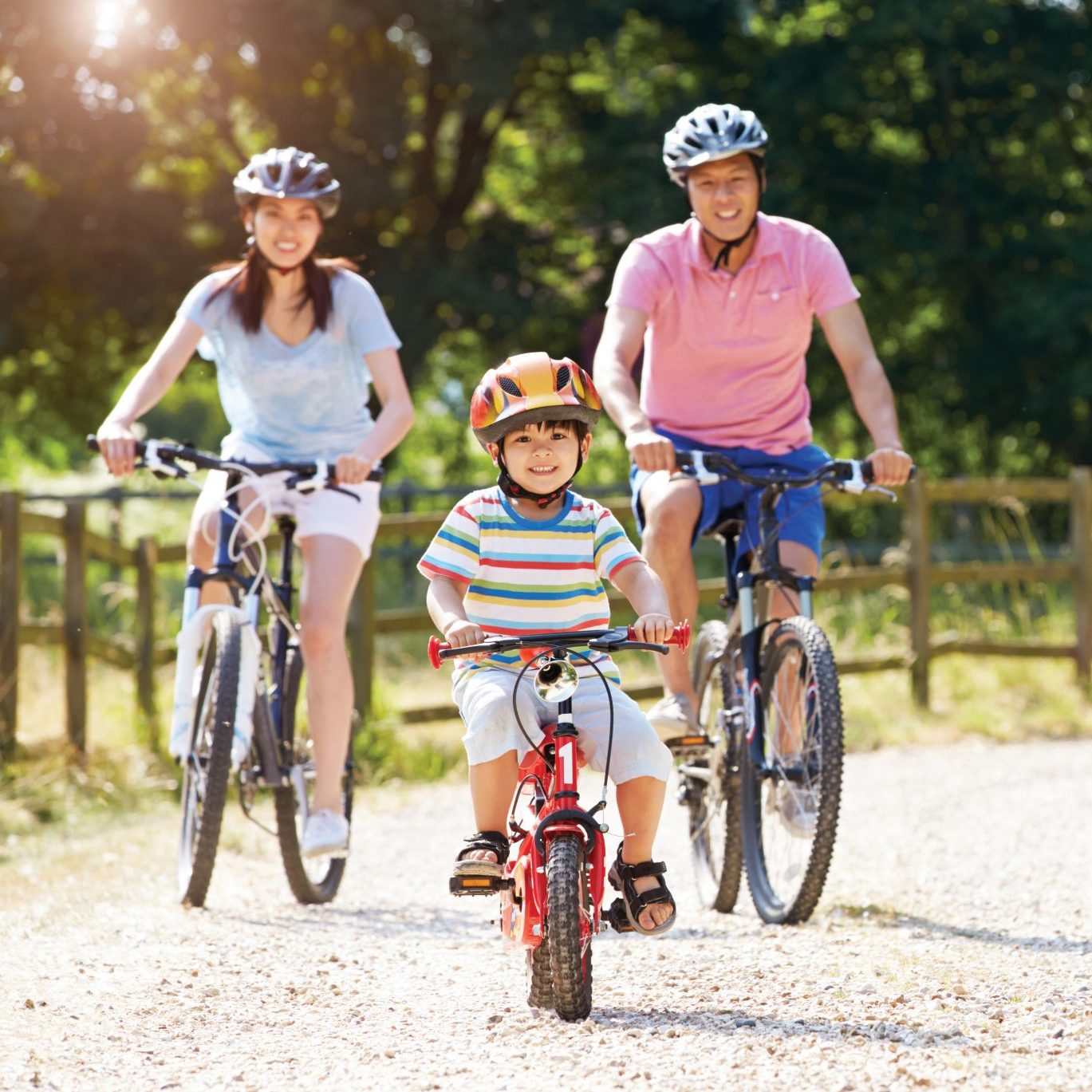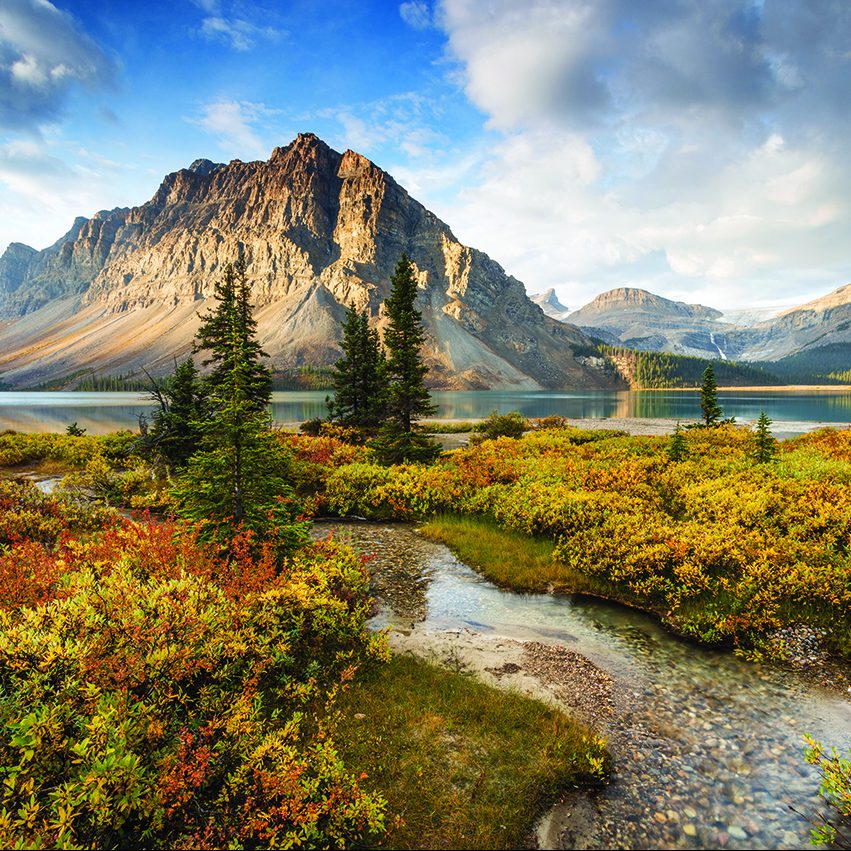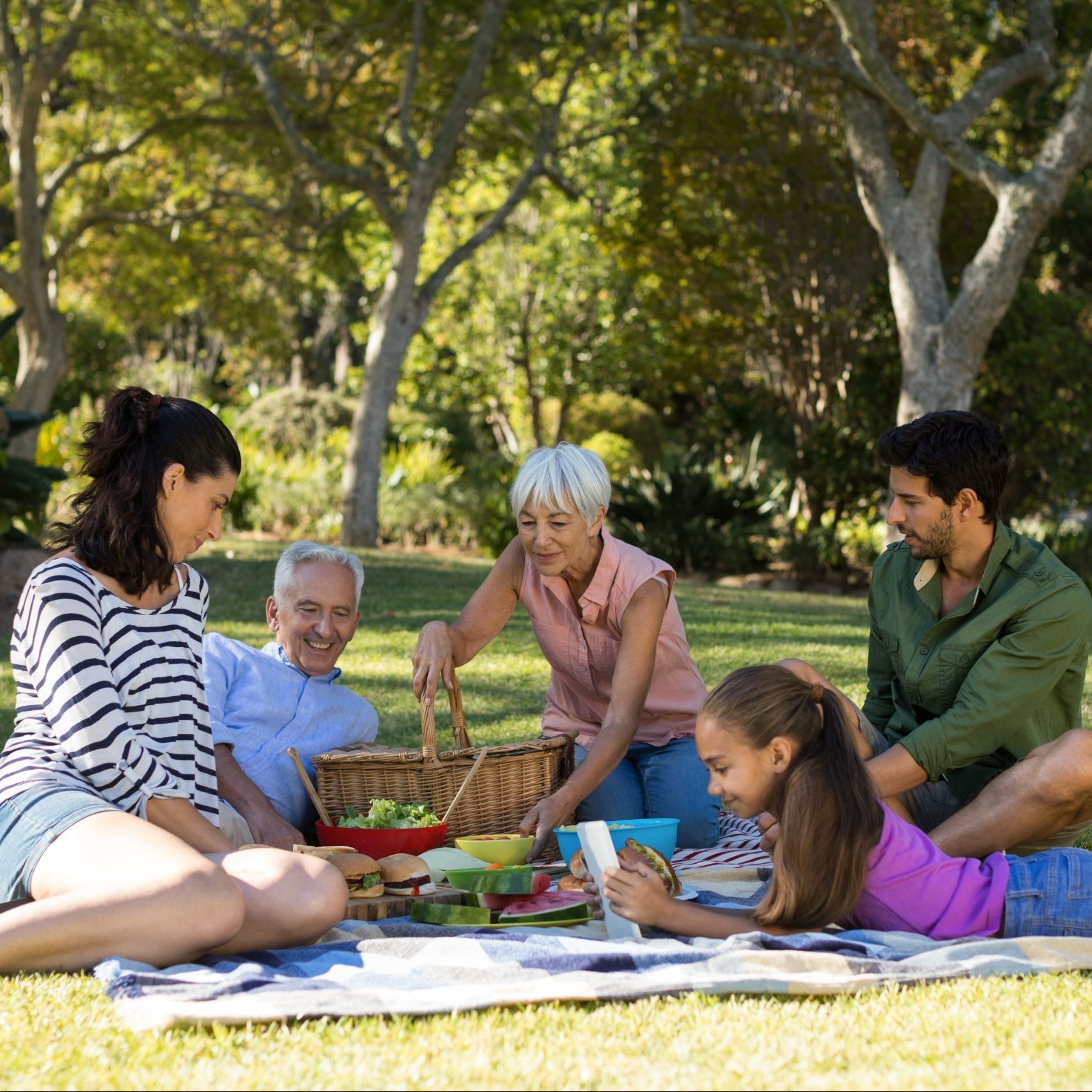Summer can be a magical season full of fresh air, warm days and nights, blooming flowers, and plenty of opportunities to spend time in the great outdoors. There are so many ways to fill summer days, and people are urged to maximize time spent outdoors during this time of year. Since the sun’s rays can be particularly harmful between the hours of 10 a.m. and 3 p.m., protective clothing and sunscreen is recommended during this time; otherwise, people can engage in outdoor activities during times when the sun is less potent.
Those seeking some summertime recreation inspiration can consider these activities.
Family Bike Ride
Explore trails or bike paths in the area in advance, and then prepare bikes for an excursion. Bicycle riding is a great cardiovascular activity that people of all ages and fitness levels can enjoy. Try flat paths for beginners, and then build up the length and intensity of rides as experience is gained.
Day at the Beach
Some attest there is no more perfect place than the beach on a summer day. The waves lapping the sand, the birds calling in the air, and the sounds of children’s laughter and sunbathers’ chatter all combine to create a relaxing seaside symphony. According to WebMD, the negative ions given off by the ocean can improve mood and add to the calming effect the beach provides.
Backyard Obstacle Course
Construct an obstacle course in the backyard that everyone can try. It can include having to jump through tires; climb a jungle gym; run through a sprinkler; and crawl under a low-hung clothesline. Family members can compete to see who can finish the course in the least amount of time.
Walk a Boardwalk
Those lucky to live near a coast can spend an afternoon or evening strolling the boardwalk, enjoying the various fare and fun activities offered. Many boardwalks have games of chance and small rides for kids. Adults may enjoy the restaurants, bars and shops. Of course, no trip to a boardwalk is complete without coming home with some saltwater taffy.
Hike
In a survey of Americans 18 and older conducted by the National Recreation and Park Association, nearly 50 percent said going for a walk or hike was their favorite outdoor summer activity. Hiking requires very little to get started and can produce numerous opportunities to witness nature and get some exercise.
There’s no limit to the ways people can enjoy the great outdoors when the weather warms up.













